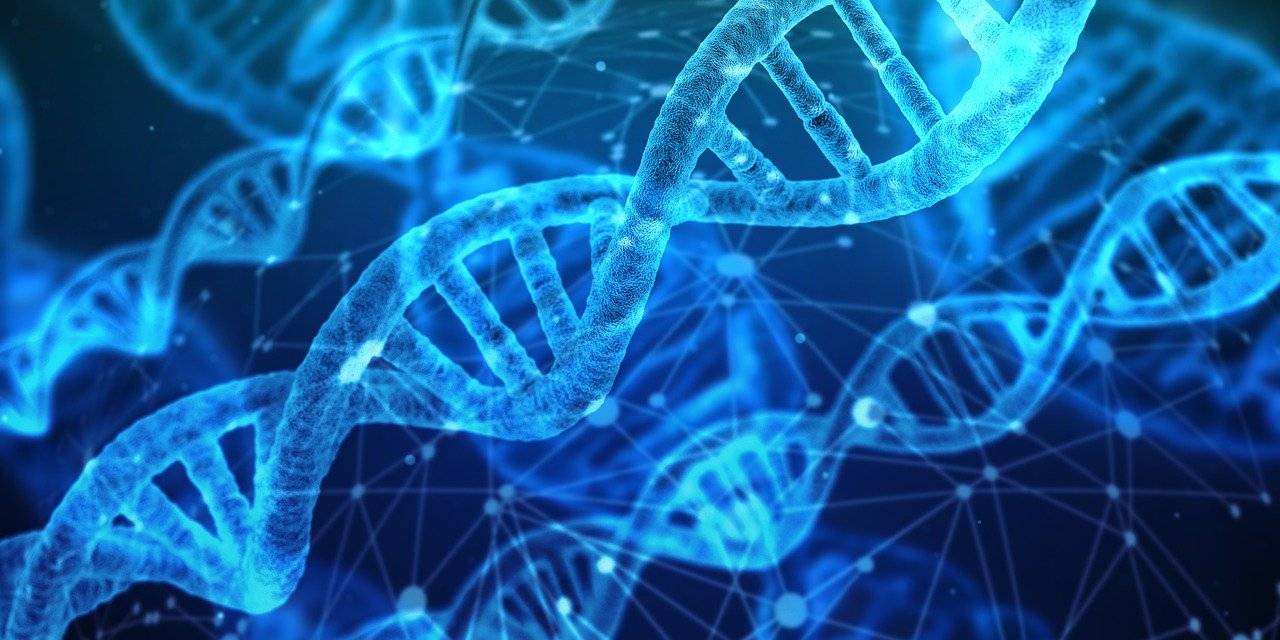This post was first published on 19th August, 2013.
Finally, I have managed to read the Myriad Genetics case at peace. Off late, setting out to analyze the US Supreme Court’s patent decisions has become a much easier task than earlier. Firstly, the Court has gotten clearer in the recent past, and secondly, it is no longer a one sided patent friendly Court. The decisions of the Court in KSR, Bilski, Mayo, and finally this case indicate that trend. In the backdrop, the decision in Myriad Genetics was not a surprise to a keen follower, and, upholds the inherent lacuna in the logic of gDNA patents.
Though the case was discussed several times earlier on sinapse blog, it is worthwhile to reiterate the core issue in the case for a first time, internet lazy, reader like me. The Myriad Genetics case relates to patentability of gene sequences, BRCA1 and BRCA 2, referred to as breast cancer susceptibility genes, isolated from Chromosomes 13 and 17. These sequences and mutations in them can be used to predict whether a person is likely to get breast cancer or not. In line with prior USPTO practice, Myriad Genetics filed patent applications claiming the gDNA and cDNA sequences of BRCA1 and BRCA 2, along with methods, applications, and so on, among others.
Simply put, Myriad Genetics claimed patent protection over specific gene sequences in human body responsible for breast cancer. Now, each gene sequence has a coding and non-coding regions, and Myriad Genetics claimed protection over sequences with and without non-coding regions. The gene sequence as it is in human body having both coding and non-coding sequences is called gDNA, and that without non-coding regions is called as cDNA. Patentability of both these sequences was in question before the US Supreme Court based on whether they are products of nature or not.
The natural reaction of a prudent man with respect to gene sequence patents is – How can a patent be granted on a gene sequence, which is naturally existing? Though it has been debated several times, this question keeps propping up in legal, medical, ethical, and several other forums at regular intervals. Until the Myriad decision, in USA, Europe, and India as well, gDNA was considered patentable, though it was the same as what it is in human body. not so straight forward arguments such as: The sequence is chemically severed from its natural counterpart; It is like finding a needle in a haystack, which must be rewarded; Identifying its function lends credibility; and so on, were used to credit patent protection. However round about they seemed, it was understood that rewarding biotechnology research is necessary to the progress of the field, which promised a lot.
But now, after so many years, biotechnology as a field failed to deliver most of its promises, at least at the pace it was contemplated, and the field has matured, requiring a re-look at prior logic. Siding with Funk Bros case, which rejected patentability of a culture of mutually non-inhibiting bacteria, based on the logic that bringing the naturally existing bacteria together put them squarely within the scope of product of nature, the US Supreme Court held that gDNA was naturally existing, and therefore, not patentable.
The Court has clearly laid down that pure gene sequence claims are not permissible, but chemical composition claims could get through. Does that mean that gene sequences would be patentable, if they are claimed differently? May be. With respect to cDNA sequences, the Court stated that they are different from their naturally existing counterparts, and therefore not products of nature, so patentable. Though they may sometimes manifest as pseudo-genes, the Court pointed out that random occurrences cannot be factored into this decision. Though mRNA technically constitutes the complementary version of cDNA, the Court did not find that enough to bring such sequences within the fold of products of nature.
The decision is clearly a middle ground between the petitioner and the respondent, gDNA not patentable for petitioner, and cDNA patentable, for respondent. But, how does this impact the Court’s bottom line of promoting progress of biotech research, without impeding flow of information in the field? We hope to host a debate about this on the blog shortly.




0 Comments
Megha
Granting patents cannot be the sole parameter of measuring the progress, not only in the biotech field but also in any other field.The real progress lies in the manner the way the granted patent has been executed on a commercial scale to alleviate the existing crunch. It is rational to give patent protection to the products obtained from and/ or process followed to isolate the polynucleotide sequences whether gDNA OR cDNA. cDNA synthesized in vitro can form a case for patent protection but the cDNA which is complementary to mRNA that is obtained from processing of pre-mRNA( removal of non-coding regions )occurring in vivo cannot be given patent protection as this a natural process.
I am new to this fascinating field of IPR and patents so I would like to to be corrected if I go wrong somewhere in my opinions.